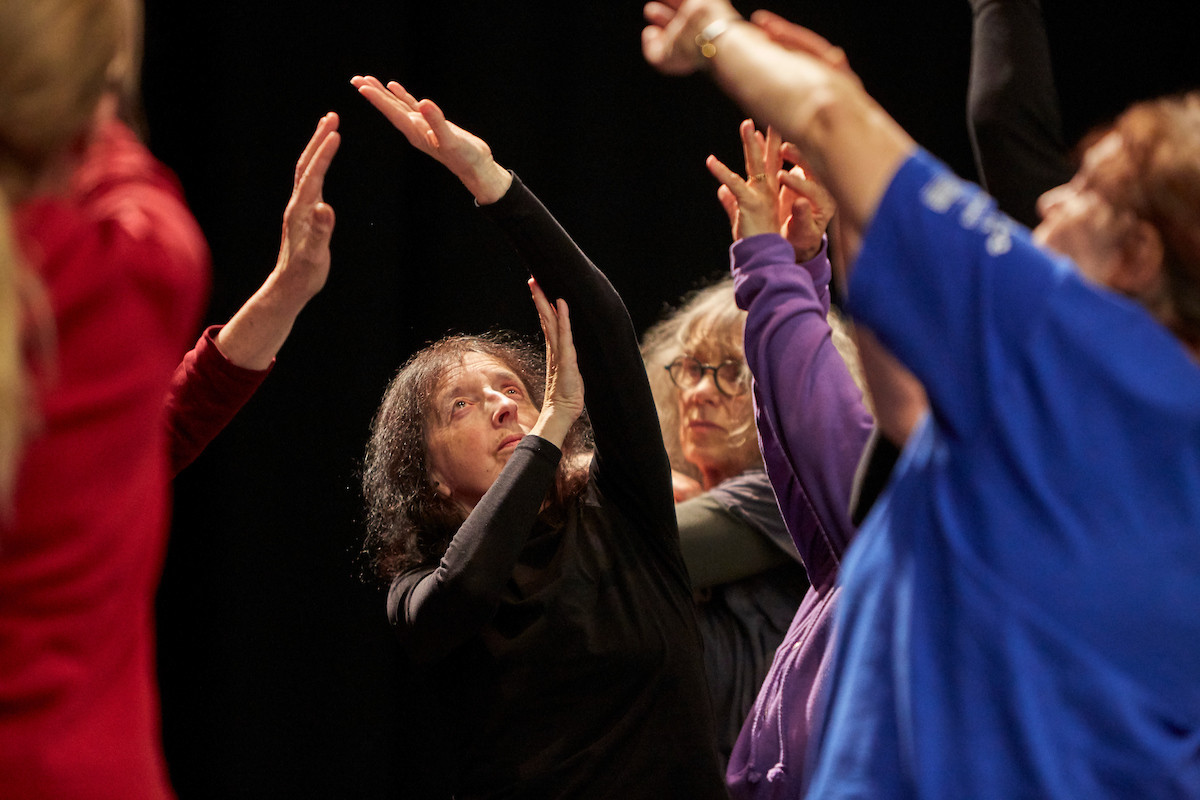
I could see the planet and its beautiful rings. It was a heart-stopping moment.
Margaret Bending
Throughout the 1960s, as I followed every step of the race between the USA and USSR to land a man on the moon, I would often lie on my back in the garden at night and gaze at the night sky. Other than the moon, all I could see were a myriad of bright dots, which books from my beloved local library helped me identify. Names such as Betelgeuse, Arcturus and Andromeda fired my imagination, and I wondered at the countless planets that must be out there, in the infinity of space.
My first job, when I was in the sixth form, was helping out in the chemistry lab after school, cleaning test tubes and beakers and helping prepare for the next day’s classes. I saved the money I was paid until I had enough for my first independent purchase: a small refractor telescope with a tripod and a couple of lenses. I wouldn’t be able to find planets around other stars, but maybe it would be enough to see those in our solar system.
That night I felt like Galileo. I could see Jupiter as a definite disc, and more than that, I could just make out its four largest moons, Io, Europa, Ganymede and Callisto.
But even that didn’t prepare me for my first view of Saturn. The angle was just right and, although still very small, I could see the planet and its beautiful rings. It was a heart-stopping moment. I have a more powerful telescope now, but there is still no more breath-catching sight than the rings of Saturn.